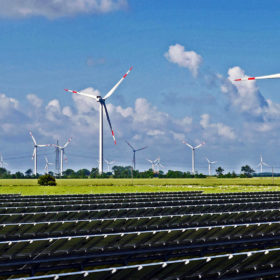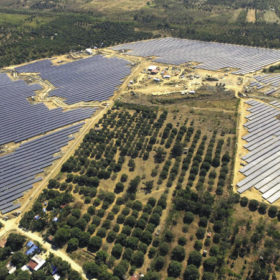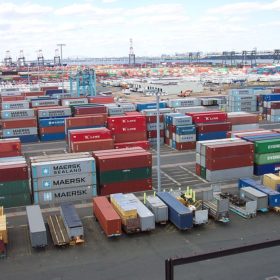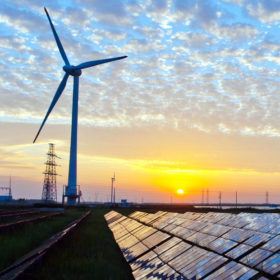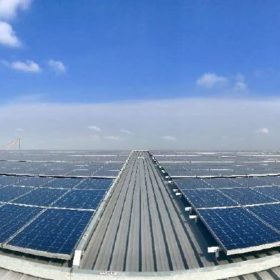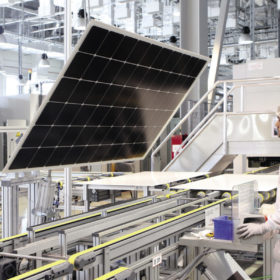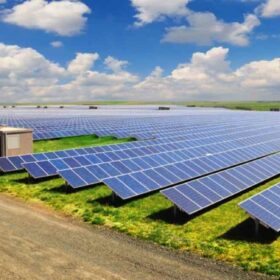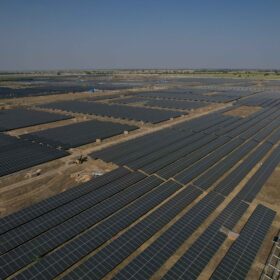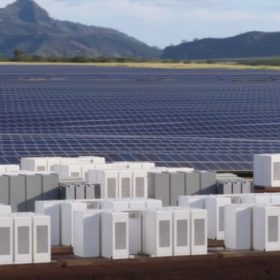WoodMac says renewable electricity generation in India could be 56% cheaper than coal-fired by 2030
The analyst said currently, India and Australia are the only Asia Pacific countries where renewable power already costs lower than new-build coal. It predicted the trend would spread to the entire region by the end of the decade, while India and Australia would see renewables becoming further cheaper than coal.
The long read: ASEAN’s looming renewables revolution
Southeast Asia, when taken as a whole, is a global laggard in the uptake of renewable energy, but some countries are leading the way, such as Vietnam, the Philippines, and Myanmar. And as ‘Angry Clean Energy Guy’ Assaad W. Razzouk argues, policymakers in the region cannot hold back the tide of solar and wind for much longer.
Engineering drives next-generation solar power in Southeast Asia—Black & Veatch interview
Mitesh Patel, Renewables Director-Asia, US-headquartered EPC player Black & Veatch, speaks to pv magazine about the key trends driving the solar market, especially in Southeast Asia, and strategies to improve the bankability of PV projects.
Safeguard duty on solar cell imports extended by a year
The import duty will be levied on Chinese, Vietnamese and Thai solar cells – whether assembled into modules or not – at 14.9% from today and falling to 14.5% in six months’ time. Malaysian products are exempted as their imports have fallen dramatically since the duty was imposed, in July 2018.
MNRE puts call for ‘global supergrid’ proposals on hold
India’s Ministry of New and Renewable Energy had invited consulting proposals for its ambitious globally interconnected power grid plan called ‘one sun, one world, one grid’ (OSOWOG). The program—taken up with assistance from the World Bank— aims at seamless sharing of renewable energy resources among countries for mutual benefits and global sustainability.
Singapore’s Cleantech Solar secures US$75 million green loan from ING Bank
The commercial and industrial solar developer, which commands a significant share in the Indian market, will use the amount to fund rooftop PV installations for corporates across Southeast Asia.
MNRE seeks consultants for the global supergrid plan
July 6 is the last date to submit proposals for the ambitious ‘one sun, one world, one grid’ plan that aims at seamless sharing of renewable energy resources among countries for mutual benefits and global sustainability. The program has been taken up by the Ministry with assistance from the World Bank.
India’s solar module imports from Thailand double in 9 months
While China continues to be the top solar module exporter to India, Thailand doubled its module exports to India from $55.05 million in 2018-19 to $110.39 million during the first nine months (April-December) of the current fiscal. Vietnam’s module exports to India also rose sharply from $91.97 million to $127.21 million.
India’s solar cell and module exports grow 157% in eight months
Following a dip in the last fiscal year, the value of cell exports saw a massive surge to an estimated Rs133,000 lakh from April to November. Exports to the U.S. tripled during the eight-month period as shipments to Turkey and Belgium rebounded to become the next two biggest export markets.
Aligning infrastructure to accelerate Asia’s energy transition – Black & Veatch interview
Integrated power infrastructure offers an emerging investment opportunity in Asia as the region expands and adapts its energy mix to address sustainability and resilience goals. Narsingh Chaudhary and Mitesh Patel, of engineering, procurement and construction business Black & Veatch, tell pv magazine more.
